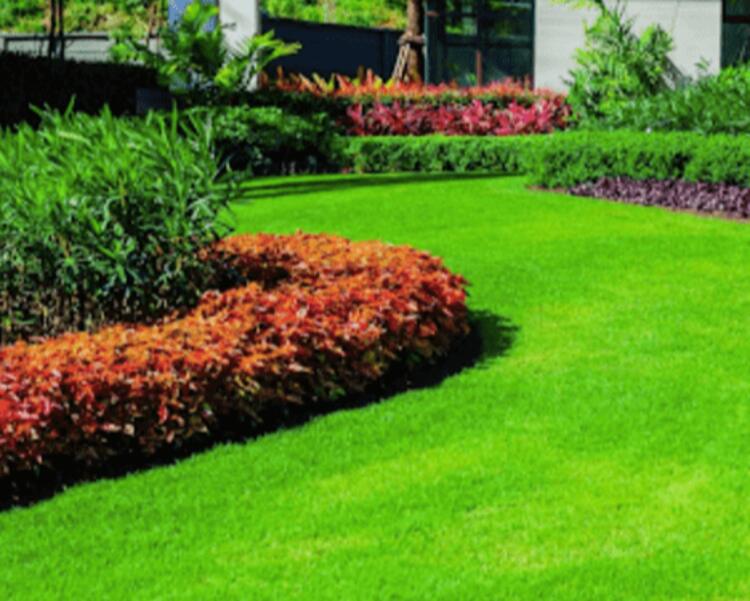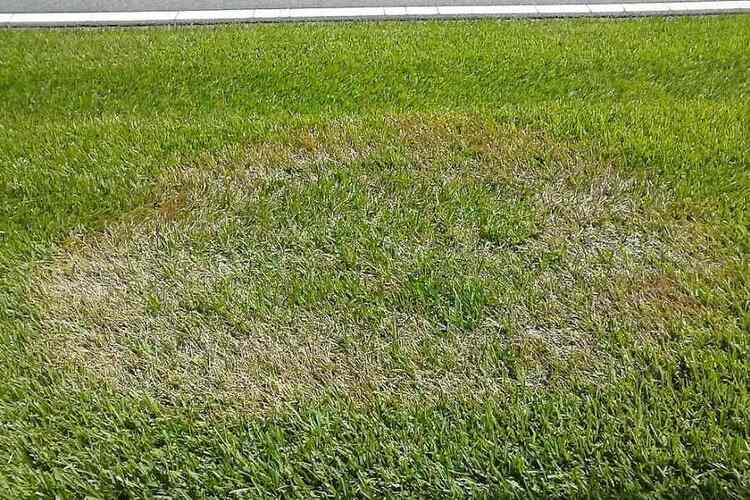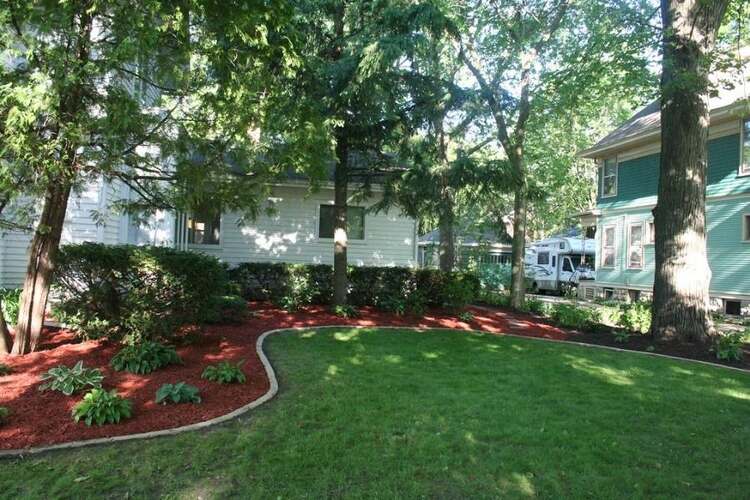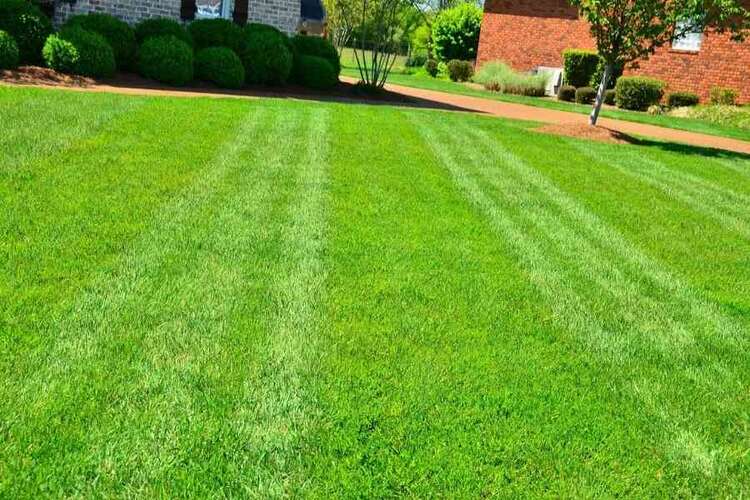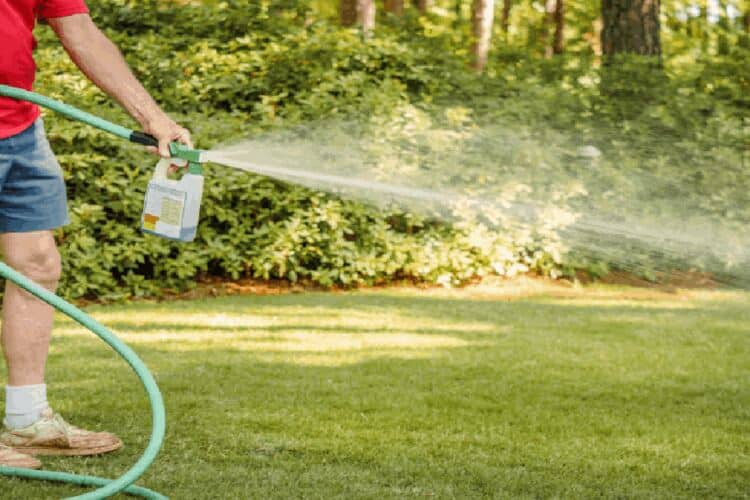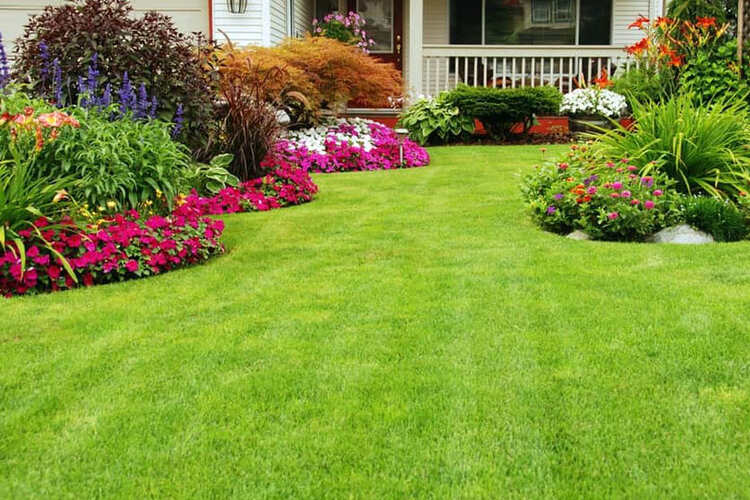Bermuda Grass Vs Fescue: Which Should You Choose?
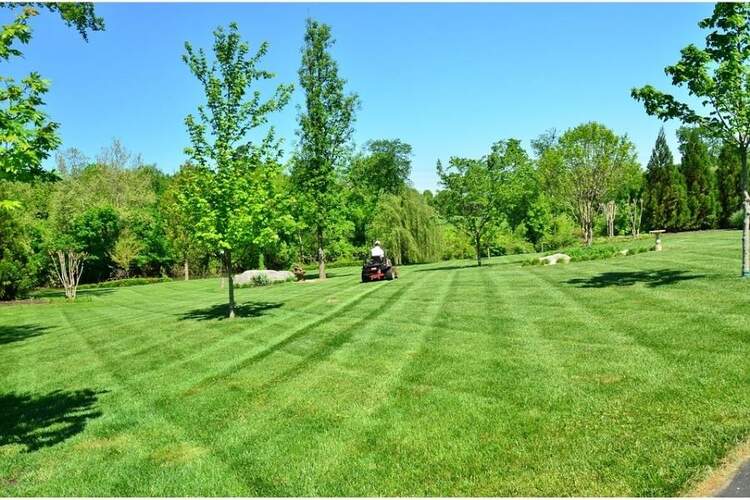
If you plan to grow a grassy lawn, you’ll undoubtedly read a lot about Bermuda grass vs Fescue. Both are popular for well-traveled places.
The main differences between these two species are their appearance and growing conditions. You cannot apply the same caring methods to both. The side-by-side comparison we share right here will reveal more facts about the grasses. Let’s read through and select what is better for your lawn!
Bermuda Grass vs Fescue: Overview
Bermuda grass is a warm-season grass that thrives in warm temperatures, typically between 75 and 95°F. This species thrives in areas with plenty of direct sunlight and proper drainage. It can endure extremes of salt, heat, and humidity.
Not the same as Bermuda, Fescue grass is a cool-season grass that thrives in cooler temperatures, typically between 55 and 75°F. It is available in a variety of cultivars, each with its own unique characteristics and appearance.
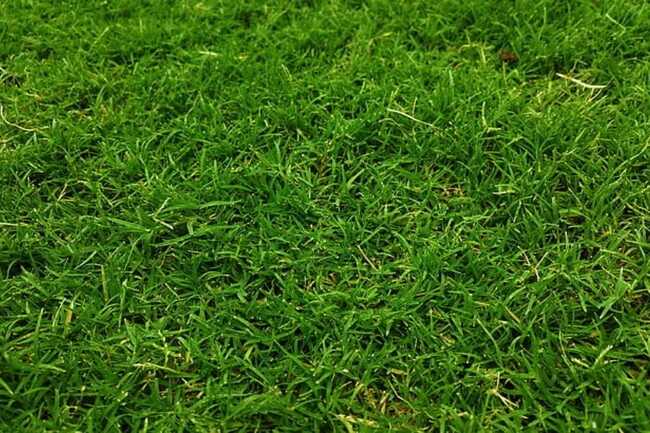
Bermuda Grass Vs Fescue: Which Is Better?
Although both belong to the turfgrass family, they differ in appearance, growing conditions, and care requirements.
Appearance
Fescue has better shade than Bermuda grass. However, Fescue grows more slowly compared to Bermuda grass. You can identify the grass by checking its coarse texture. It’s also famous for its above-ground root system. There are some tiny hairs. You can find them where the leaf sheath and leaf blade meet.
Another distinguishing characteristic of this species is the seed head, which looks like the bird’s foot. On the other hand, the large leaf blades and equal-sized veins help distinguish tall fescue grass. There isn’t a distinct midrib on it. When unmowed, it develops a panicle-shaped seed head with six to eight seeds.
Propagation
Fresh shoots grow from buds all along the rhizome’s surface when they identify more air and light within the dirt. Those shoots continue the development of the Bermuda grass and may also yield stolons for further reproduction.
You may take those rhizomes out of the soil and reproduce the grass in another area if needed. Meanwhile, Fescue is a bunch-type species instead of a grass with horizontal stems. It grows mainly by vertical branches known as “tillers,” which emerge from the plant’s roots.
Growth habits
The rhizomes and flexible roots of Bermuda grasses are extensive. A single plant’s maturity may depend on the root color. The roots of this species are often white when they are young, but they become brownish-yellow as they mature.
The rhizomes aid in the development of the plant underground, while the stolons support the growth above ground. On the other hand, Fescue turfs seldom spread via rhizomes and instead depend on tillers to develop a bunch-like growth pattern. The species with tillers but no stolons are bunch-type grasses.
Temperature
Bermuda lawns are a member of the warm-season turfgrass group. It flourishes in temperatures from 75 to 95°F. Meanwhile, Fescue is a cool-season grass. It thrives when the temperature is 55 to 75°F.
Maintenance
While Bermuda grass can be more of a headache, you may want it if you have enough passion, money, and time to grow a great lawn. You can also go for Bermuda grass hybrids. These species are easier to handle, making the beautiful lawn more accessible.
Its competitor appears to be a lot simpler to deal with. Yet, Fescue also demands the same effort in maintenance. Unfortunately, growing this type of grass will be arduous if you live in tropical regions.
General care
Bermuda grass requires immense caution and a powerful mower to cut. This grass can be cut short, but it should not be cut extremely short as it may suffer damage. On the other hand, Fescue grass should be mowed to a height of one to two inches to maintain its appearance and prevent excessive growth.
It also needs frequent mowing to hinder its excessive growth. Besides, Fescue is also special because it doesn’t need a lot of water to thrive. Watering once a week is enough. During hot days, this species needs regular and thorough watering. Try to water it every week.
Comparison Table
We have compared and contrasted the two species in crucial terms. Now, let’s summarise the differences.
| Appearance | Coarse texture with tiny hairs | Large blades and veins |
| Propagation | Grows from rhizomes | Grows from tillers |
| Growth habits | Depending on the stolons or rhizomes | Depending on the tillers |
| Temperature | 75°F to 95°F | 55°F to 75°F |
| Maintenance | Quite complicated | Easier |
| General care | Simple mowing and watering requirements | Complex mowing and watering requirements |
Pros And Cons Of Bermuda Grass And Fescue
If the comparison table above can’t help you determine the better option, check the pros and cons of each.
Bermuda
Warm-season grass is resistant to harsh conditions like drought. It can flourish on any soil. Here are some of the benefits and drawbacks of growing this turfgrass.
Pros:
- Ability to thrive in sunny and warm climates
- Drought-tolerant
- Suitable for different types of soil
- Ability to heal and regrow rapidly
- Very few pest problems
Cons:
- Sensitive to cold climates
- Not suitable for shady areas
- Invasive to paved areas
- High requirements for maintenance
Fescue
The grass demands low maintenance. It is also highly resistant to heavy foot traffic. If you like this idea, consider these points:
Pros:
- Shade-tolerant
- Adaptable to high-elevation
- Sand tolerant
- High humidity absorbency
- Low maintenance
- Resistant to heavy tear and wear
Cons:
- Not suitable for rolling
- Not ideal for tropical climates
- Pest infections when put in wet conditions
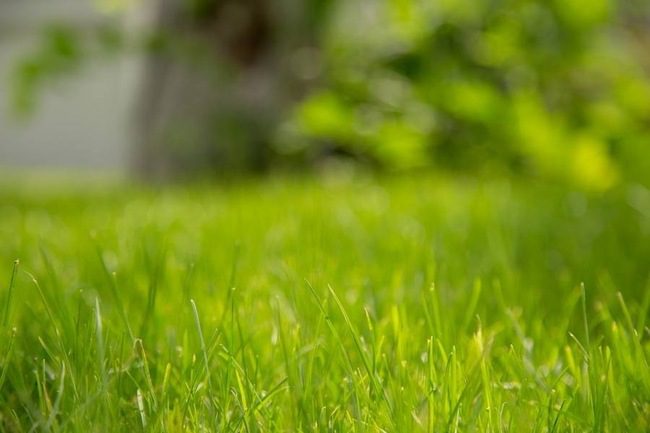
Bermuda Grass vs Fescue: What Should You Choose?
There are two primary considerations for choosing grass: visual preference and maintenance.
Visual preference
This feature must be your top concern because you are growing the lawn for aesthetics. We also see fescue vs. Bermuda grass on soccer fields and golf courses. However, it’s a personal matter. It all comes down to your taste to determine which looks more beautiful.
Maintenance
The upkeep issues are another reason to choose one kind of grass over another. These may differ markedly based on your unique requirements and conditions.
Bermuda, for example, may save your day in landscape and building upkeep if your facility is huge and has a lot of shade. On the other hand, Fescue grass is a less care-intensive alternative if you have a tight budget for garden maintenance.
Bermuda grass is durable and withstands heat and drought, but it requires regular mowing and watering for lush green. If Bermuda grass does not receive enough sunlight or water, it can turn brown. Fescue grass is more tolerant, less prone to browning, and requires mowing and fertilization for a healthy appearance.
Conclusion
Although Bermuda grass requires more maintenance, it is the ideal choice if you have money, and time, and want to have a gorgeous yard. On the other hand, Fescue is easier to handle than other lawn grasses, but it still demands the same standard of respect. However, if you live in the tropics, it may not be the best option.
Hopefully, this comparison helps you choose the better one for your lawn. If you need more information about gardening, please feel free to ask. Thank you for reading!


